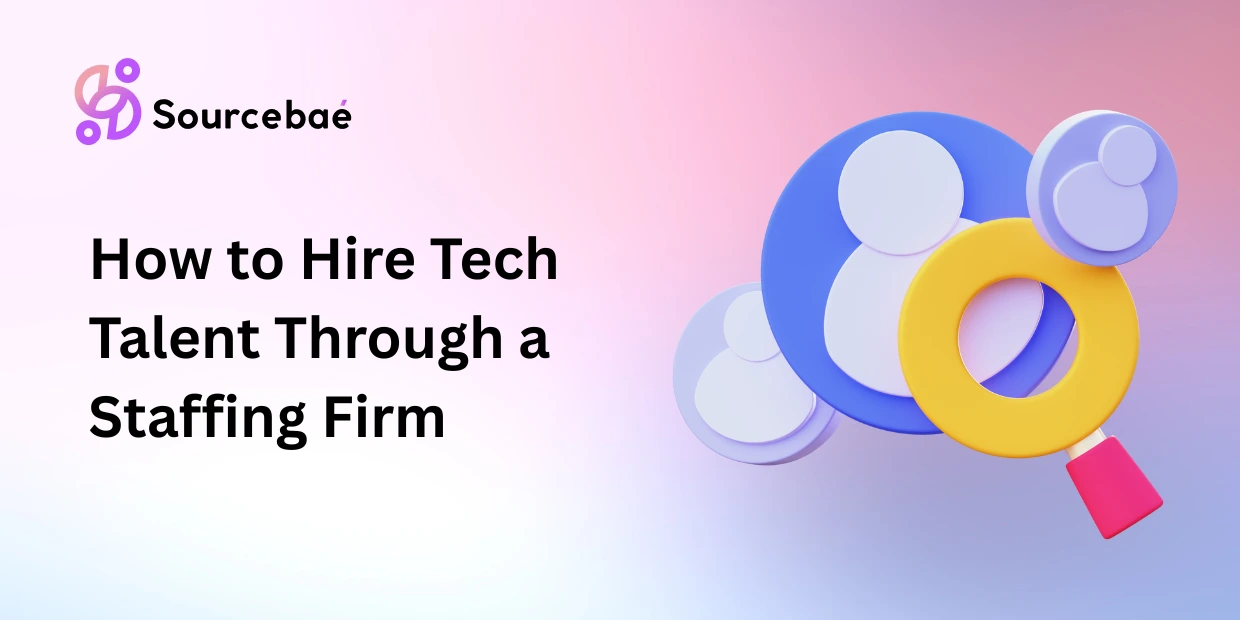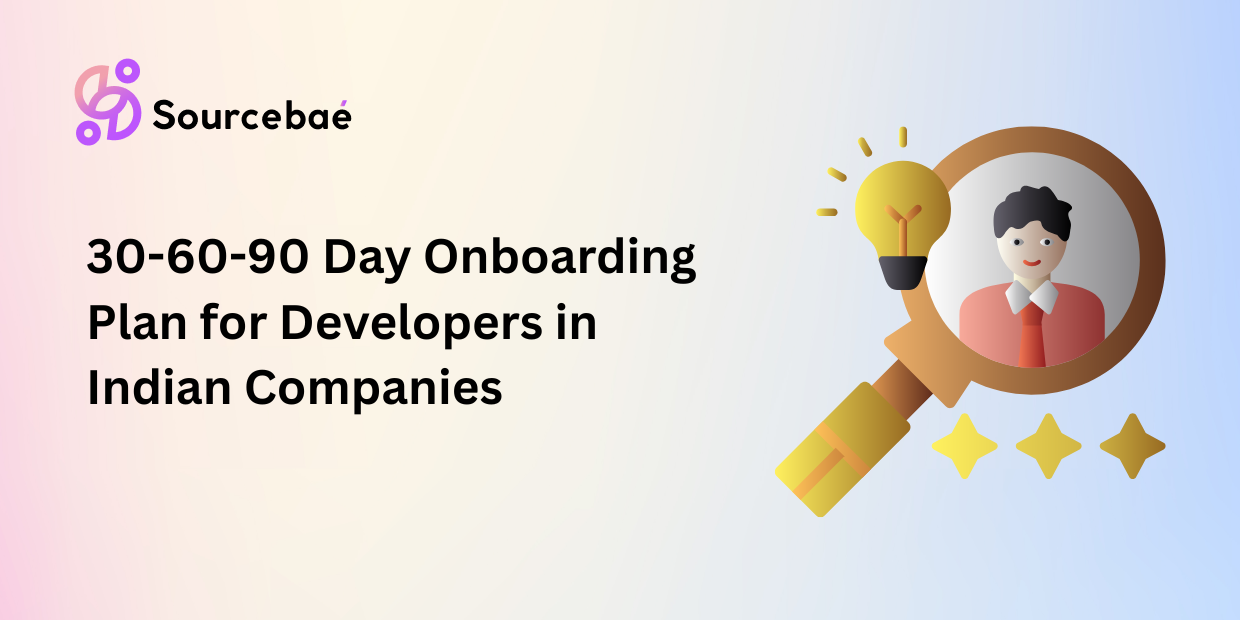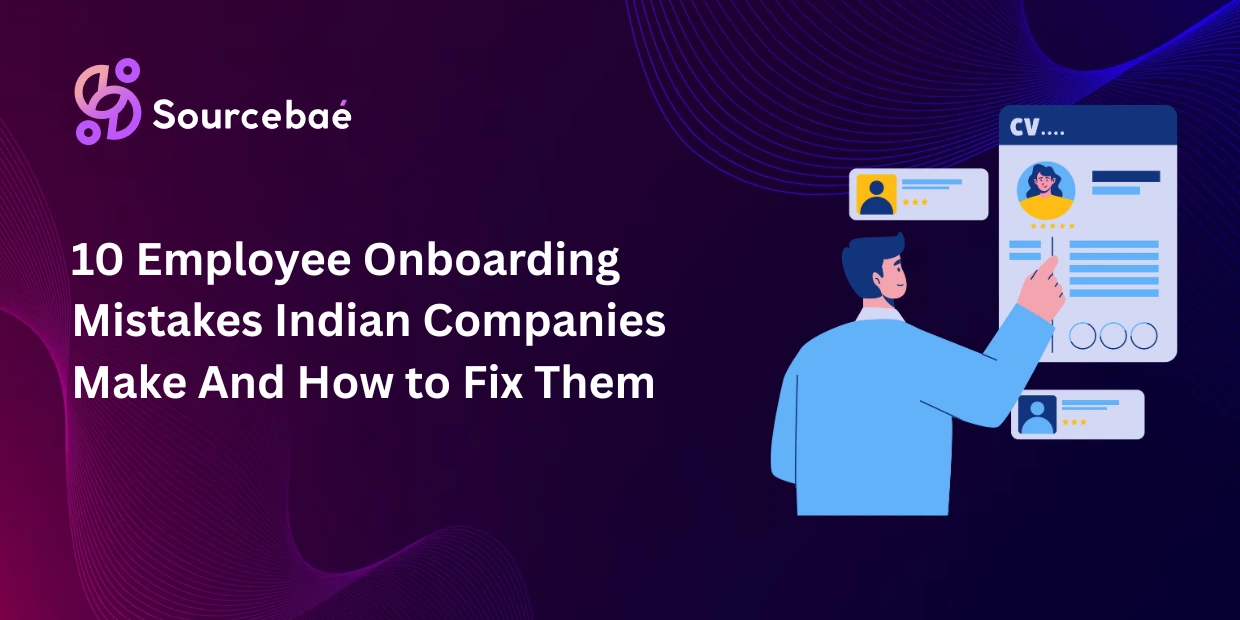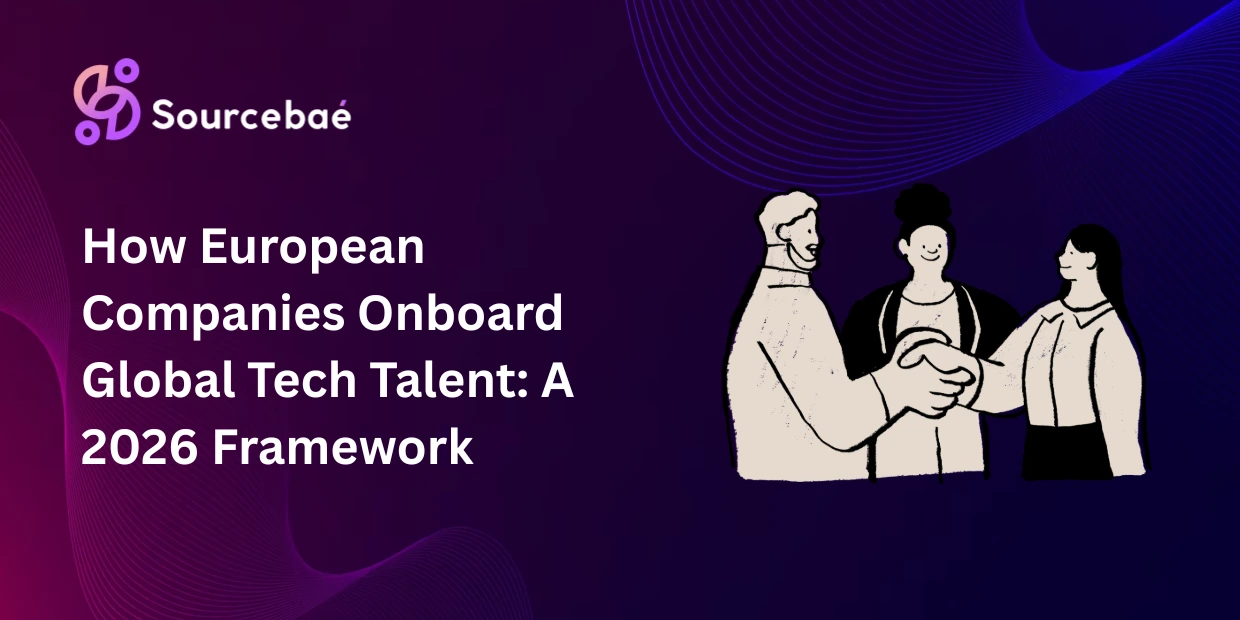Every technology initiative lives or dies by the strength of the people behind it. Yet the worldwide tech-talent shortage has reached historic levels, leaving 84% of CIOs unable to fill key roles on time. Partnering with a specialized staffing firm can turn the hiring bottleneck into a competitive advantage—if you understand how to leverage the relationship. The following in-depth guide walks you through the landscape, economics, engagement models, best practices, and KPI-driven governance needed to hire top-tier engineers, data scientists, cloud architects, and other scarce specialists smoothly and cost-effectively.
The 2025 Tech-Talent Market at a Glance
- Global demand for digital roles is growing twice as fast as overall employment.
- Only 16% of executives feel they have “enough tech talent” for transformation goals.
- Average time-to-hire for a software engineer sits at 35–36 days, climbing to 50 days in some regions.
These structural pressures make reactive, ad-hoc recruiting unsustainable for most companies.
Why Use a Staffing Firm for Tech Hiring?
Access to Specialized Pipelines
Niche agencies maintain curated networks of AI/ML, cybersecurity, and cloud experts that ordinary job boards rarely reach.
Faster Hiring Cycles
Tech recruitment agencies can shorten time-to-fill by 40%–43% compared with in-house methods.
Cost Optimization
Outsourcing reduces advertising, screening, and onboarding expenses, trimming total cost-per-hire while letting you tap lower-cost geographies when appropriate.
Risk Transfer & Compliance
Agencies assume payroll taxes, insurance, and misclassification liability for contingent workers, shielding clients from compliance pitfalls.
Market Intelligence
Specialized recruiters benchmark salaries, evolving skill stacks, and competitor demand daily—data most internal HR teams lack.
Benefit Snapshot
| Benefit | Supporting Statistic / Proof Point |
|---|---|
| Reduced time-to-fill | Up to 40% faster placements |
| Wider talent reach | Access to passive candidates + niche skills pools |
| Lower cost-per-hire | Savings on sourcing & screening overhead |
| Reduced compliance risk | Agency covers statutory costs & worker classification |
| Market salary accuracy | Real-time pay benchmarking via recruiter data set |
Core Staffing Engagement Models for Tech Talent
| Engagement Model | Typical Fee or Markup | Best-Fit Scenarios |
|---|---|---|
| Contingency Search | 15%–25% of first-year salary | High-volume mid-level roles; pay only on success |
| Retained Search | 25%–35% in three installments | Critical leadership or ultra-niche specialists |
| Contract / Staff Augmentation | 20%–75% markup on pay rate | Project surges, flexible capacity, risk transfer |
| Temp-to-Hire Conversion | 10% median of salary after probation | “Try-before-you-buy” for cultural fit |
| Flat-Fee / Subscription | $5,000–$30,000 per hire or annual package | Predictable budgeting for scale-ups |
Seven-Step Path to Hiring Tech Talent Through a Staffing Firm
1. Clarify Internal Needs & Budget
Map required tech stacks, project timelines, security clearance, and remote/on-site mix. Build a realistic salary band using recruiter market data.
2. Shortlist Specialized Firms
Vet agencies for sector focus, candidate-vetting depth, diversity pipelines, and ATS/CRM stack integration capabilities.
3. Select the Right Engagement Model
Balance urgency, role criticality, and budget tolerance to pick contingency, retained, or hybrid terms (see table above).
4. Co-Create a Detailed Job Requisition
A crisp requisition accelerates sourcing. It must spell out must-have skills, success metrics, cultural values, budget, and hiring timeline. Provide architectural diagrams or codebase context for highly technical roles.
5. Align on SLA & Communication Cadence
Set service-level agreements on time-to-submit, interview-to-offer ratios, candidate experience standards, and feedback loops. Weekly pipeline calls prevent drift.
6. Conduct Parallel Technical & Culture Screening
Leverage agency’s coding assessments, pair-programming tests, or cloud-lab challenges. Run internal culture interviews only with finalists to protect bandwidth.
7. Onboard & Track Performance
Have the agency handle paperwork, background checks, and equipment logistics for contractors. Internally, assign mentors and define sprint deliverables for an immediate productivity ramp.
KPI Dashboard: Measuring Your Staffing Partner’s Effectiveness
| KPI | Definition | Healthy Benchmark |
|---|---|---|
| Time-to-Fill | Calendar days from requisition approval to accepted offer | ≤21 days for contractors; ≤35 days for FTEs |
| Submit-to-Interview Ratio | CVs presented per interview scheduled | ≤3:1 |
| Interview-to-Hire Ratio | Interviews conducted per offer accepted | ≤4:1 |
| Offer Acceptance Rate | Offers accepted ÷ offers extended | ≥85% |
| Contractor Conversion Rate | Temp staff converted to FTE within 12 months | ≥25% |
| 90-Day Retention | Hires still employed after 3 months | ≥90% |
| Cost-Per-Hire | Total hiring spend ÷ hires made | Align with internal finance targets |
Use a shared KPI dashboard inside your ATS or BI platform for real-time transparency.
Common Pitfalls—and How to Avoid Them
- Scope Creep: Undefined skill sets lead to mismatched submissions. Prevent by locking specs in the requisition phase.
- One-Size-Fits-All Agencies: Generalist firms often lack cloud-native or AI sourcing depth. Favor niche tech recruiters.
- Slow Feedback Loops: Delays of >48 hours on CV reviews cause candidate drop-off in a market with multi-offer competition.
- Ignoring Employer Branding: Candidates still research Glassdoor and GitHub before accepting offers; maintain a compelling EVP to help recruiters sell your story.
- No Post-Hire Review: Skipping quarterly scorecards hides systemic issues. Schedule retros with the agency to refine processes.
Employer Branding: Multiplying the Staffing Firm’s Reach
Even the best recruiter struggles if your brand repels engineers. Co-develop content—tech-blog posts, open-source contributions, conference talks—to give agencies “magnetic collateral” that attracts passive candidates.
Quick Case Insights
- Mid-Market SaaS Scale-Up: By switching from ad-hoc contingency to a retained search for an in-house Generative-AI lead, the company cut hiring time from 72 days to 32 days and secured IP rights via an airtight contract, paying a 30% fee spread over three milestones.
- Global Manufacturer: Partnering with a tech-staffing MSP allowed on-demand spins of 40 Azure DevOps contractors across three continents, holding markup at 25% and hitting product launch dates five weeks early.
Action Checklist
- Audit upcoming projects and skill gaps.
- Allocate hiring budget and select fee model.
- Build a data-rich requisition for each role.
- Shortlist two to three specialized tech staffing firms.
- Define SLA metrics and set up a shared KPI dashboard.
- Maintain rapid feedback cycles (<48 hours).
- Invest in employer-branding assets that recruiters can showcase.
- Review performance quarterly; adjust models or firms as needed.
By following these structured steps and metrics, organizations can transform staffing firms from transactional suppliers into strategic extensions of their talent engine—filling critical tech roles faster, smarter, and at a predictable cost while keeping focus on core innovation.





